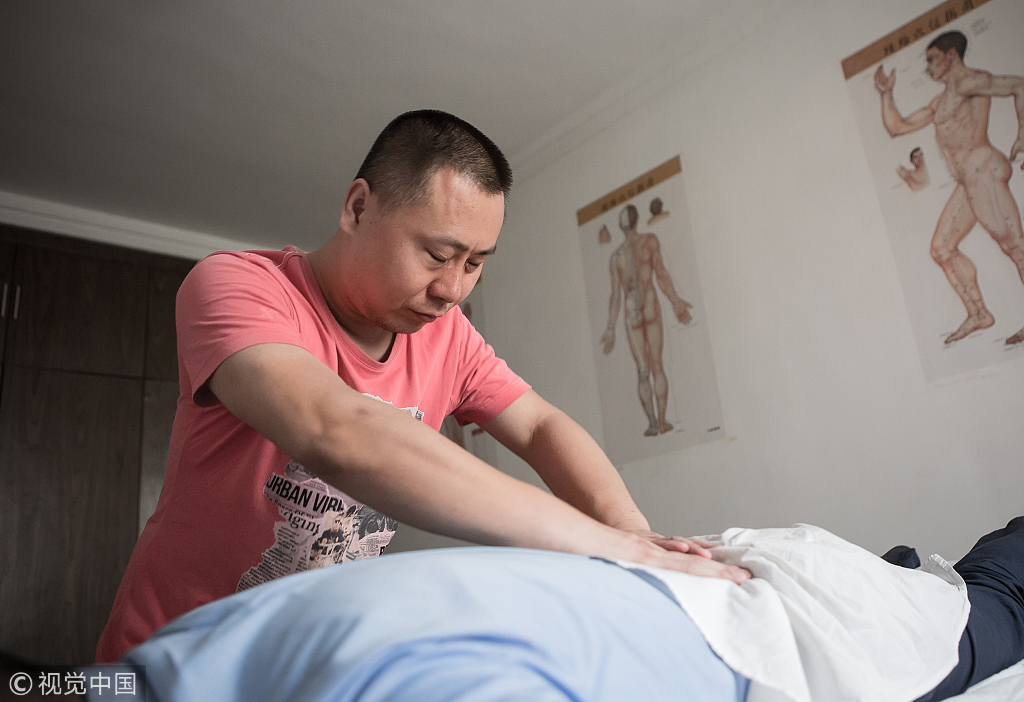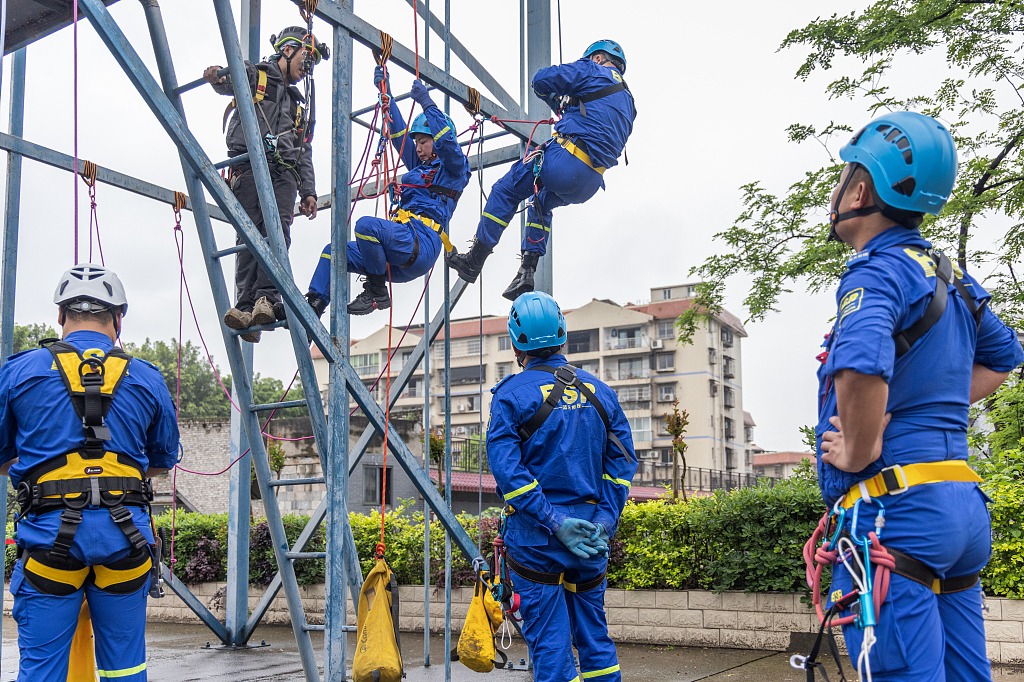Protection of rights has improved in the past three decades


Lyu Shiming, vice-chairman of the China Disabled Persons' Federation
This year marks the 40th anniversary of the reform and opening-up policy and the 30th anniversary of the founding of the China Disabled Persons' Federation.
During the past few decades, I have witnessed significant improvements in the protection of disabled people's rights, especially in terms of physical rehabilitation, education, employment and access to buildings and facilities.
The improvements to access are closely linked to economic development. When the People's Republic of China was founded, the country was poor and lacked both the awareness and money to improve access for disabled people.
In fact, the country's first so-called accessible facility - tactile paving in Wangfujing Street, Beijing, to assist blind people - only appeared in the late 1980s.
Though we started late, we have not stopped since. However, I believe the greater awareness of the issues facing disabled people is an even bigger achievement than the development of accessible facilities.
Improving access is the correct thing to do. Just a few decades ago, though, people wondered why we should make these improvements and many regarded them as a waste of resources.
I also want to stress that while disabled people are the major beneficiaries of easier access, they are not the only ones.
China's aging population - that is, people age 60 and older - now numbers 240 million.
About 40 million of those people have varying degrees of disability, so they need improved access to buildings, etc.
The same goes for children and pregnant women. Even able-bodied people pushing prams or dragging heavy suitcases find greater access extremely useful.
Now, facilities such as elevators, ramps and tactile paving can be found in most public places, including subway stations, airports, banks and public toilets. However, the quality is far from satisfactory: it's crude; it's unsystematic; it's substandard.
Planning is crucial to the construction of accessible buildings and facilities, and standards should be observed.
Despite the many improvements, we still lack high-quality development in the sector.
I have seen many examples of facilities being built and later demolished because they were substandard, which has resulted in a huge waste of public money.
Lyu Shiming spoke with Li Lei.
- Beijing court sees rise in disputes involving digital economy
- Wenchang hosts Space Day celebration with meteorology integration
- Posters: Health literacy rate up in 2023
- Fish farming on dry land nets multiple catches
- Mainland to expand use of travel permits for Taiwan residents
- Strict regulations create conditions for finless porpoises to find way back home





































